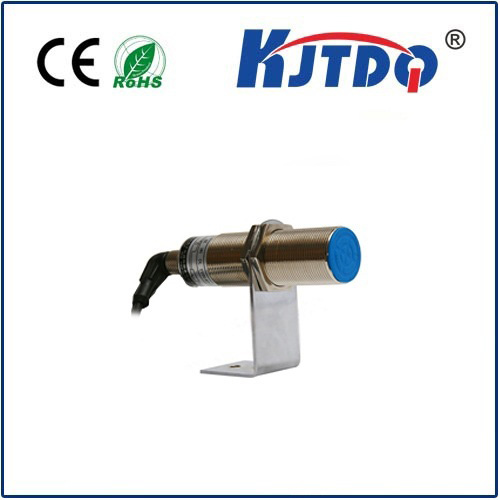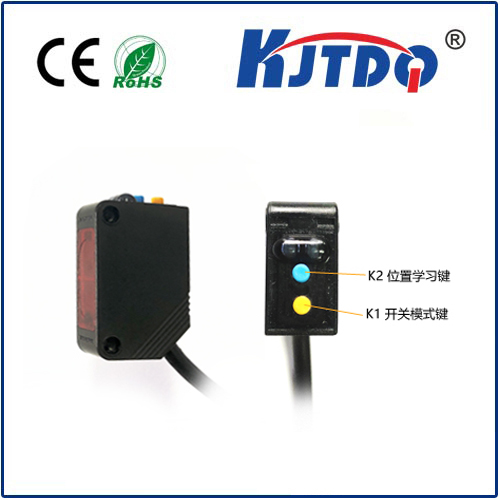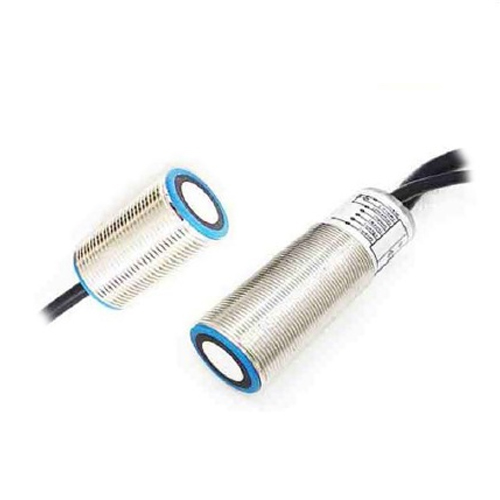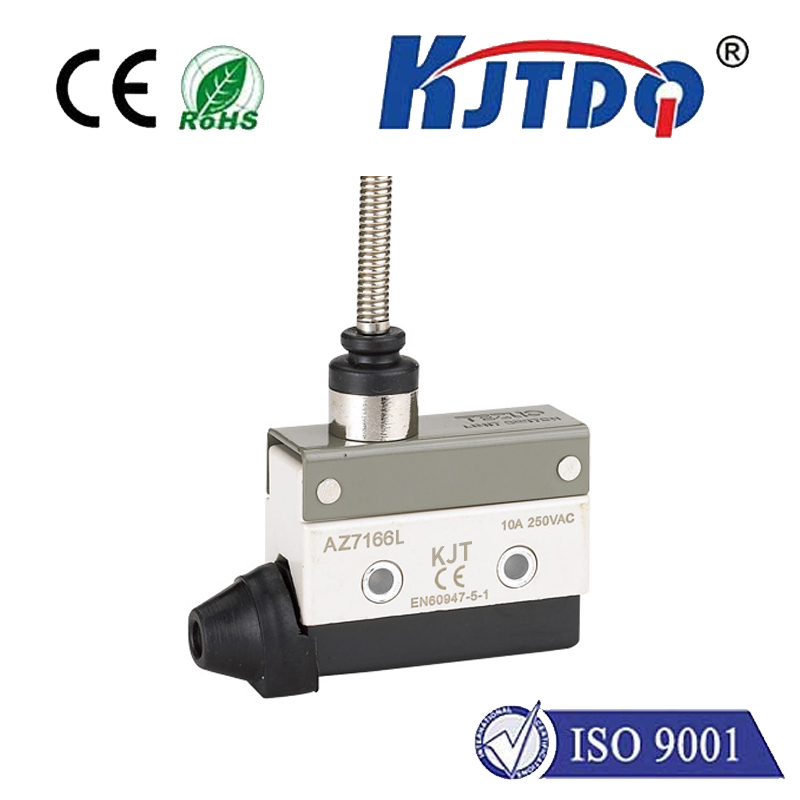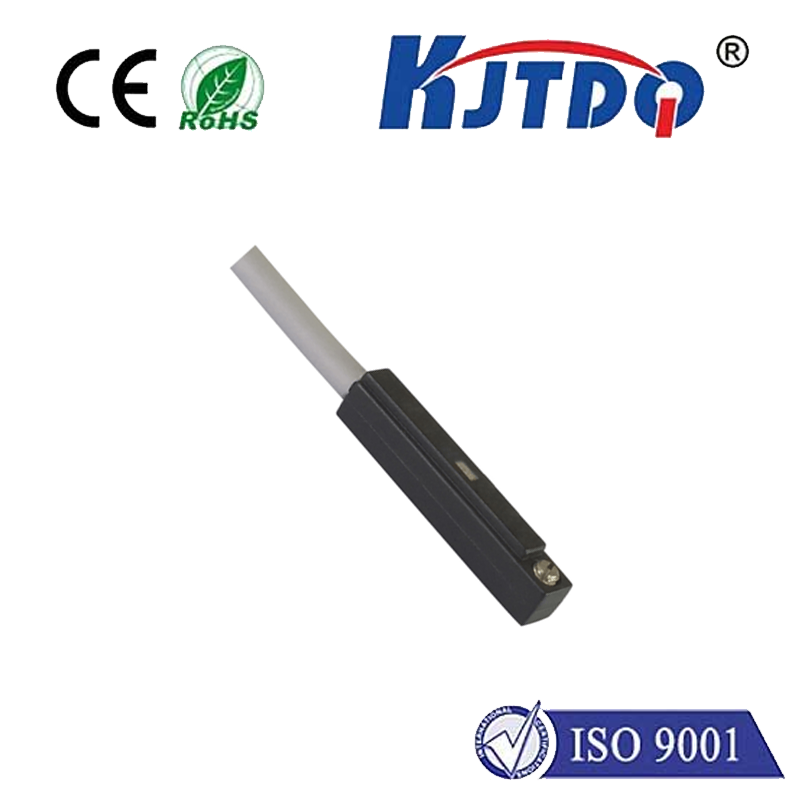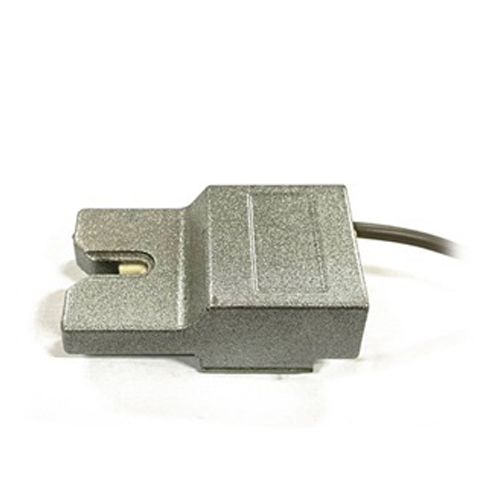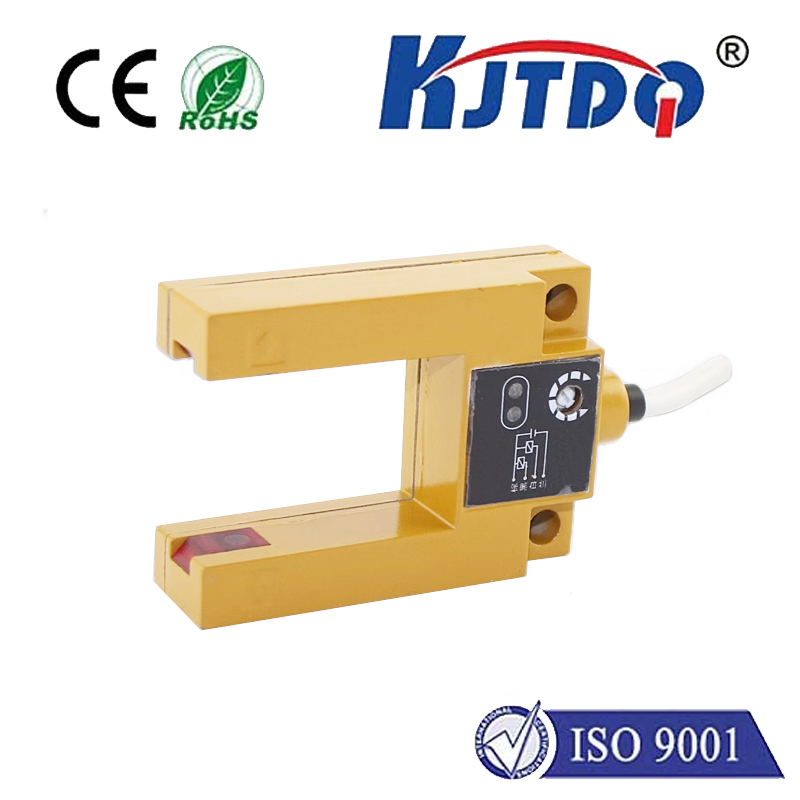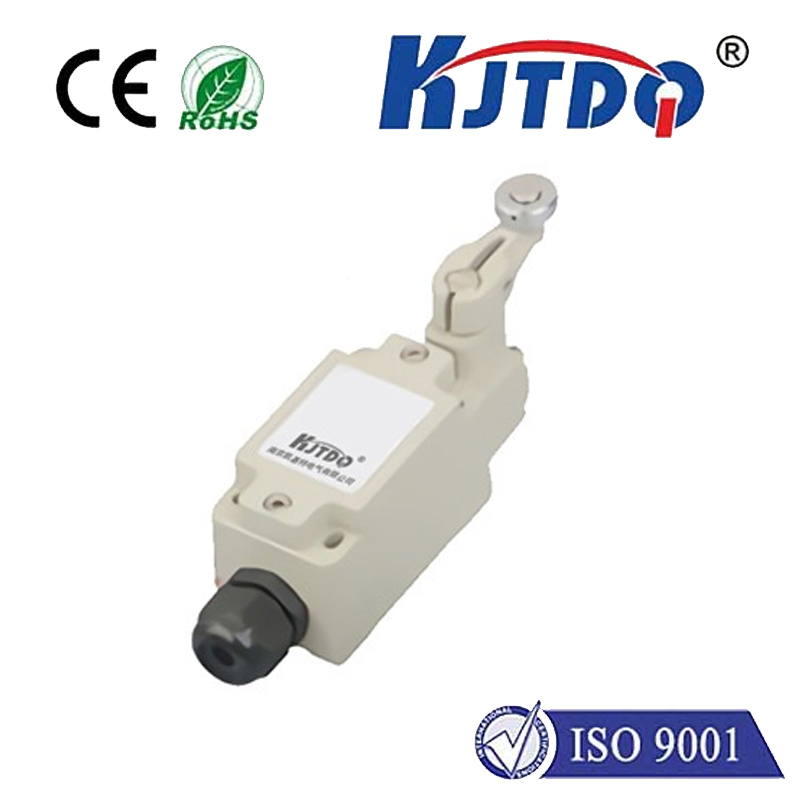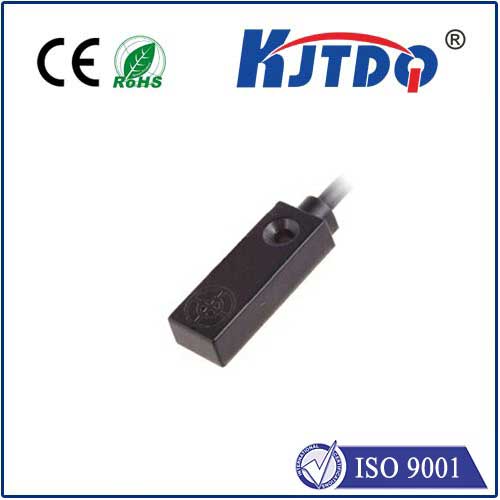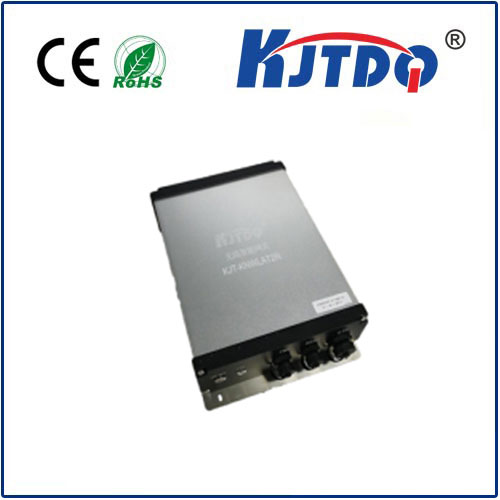PN2093 pressure sensor
- time:2025-09-23 06:22:49
- Click:0
PN2093 Pressure Sensor: High-Performance Sensing for Critical Applications
Imagine the intricate systems keeping aircraft flying safely, medical devices delivering precise therapies, or industrial processes operating within razor-thin tolerances. At the heart of monitoring and controlling countless vital functions lies a fundamental need: accurate, reliable pressure measurement. The PN2093 pressure sensor emerges as a sophisticated solution engineered to meet this demand in the most challenging environments, delivering digital precision where it matters most.
Beyond Basic Measurement: What Defines the PN2093?
The PN2093 isn’t just another pressure sensor; it represents a class of advanced digital pressure transducers designed for high performance. Typically featuring a piezoresistive sensing element fabricated using MEMS (Micro-Electro-Mechanical Systems) technology, the PN2093 converts the physical force of pressure directly into an electrical signal. What sets it apart is its integrated signal conditioning circuitry.
Key Advantages Driving Adoption:
- Digital Output: A defining characteristic of sensors like the PN2093 is their digital output interface, often I²C or SPI. This offers significant advantages:
- Enhanced Noise Immunity: Digital signals are far less susceptible to interference from electromagnetic noise over cable runs compared to analog signals like voltage (0-5V) or current (4-20mA).
- Simplified Integration: Direct connection to microcontrollers (like Arduino, Raspberry Pi, or industrial PLCs) is straightforward, eliminating the need for external ADC (Analog-to-Digital Converter) circuits.
- Precision Readability: Digital protocols provide high-resolution data transfer, ensuring the fine measurement details captured by the sensor are preserved accurately by the host system.
Superior Accuracy and Resolution: Engineered for precision, the PN2093 often boasts low total error bands (TEB) over its compensated temperature range. High resolution – down to fractions of a Pascal or mbar – enables detection of minute pressure changes essential in applications like medical ventilation, leak testing, or fluid dynamics research. This level of fidelity is crucial where small variations signify critical events.

Calibrated and Compensated Performance: Out-of-the-box usability is paramount. The PN2093 undergoes factory calibration for offset, span, and critically, temperature compensation. Sophisticated algorithms compensate for thermal effects, maintaining accuracy across a wide operating temperature range (e.g., -40°C to +125°C). This calibration data is often stored within the sensor module itself.
Compact and Robust Form Factor: Leveraging MEMS technology, the PN2093 achieves high performance in a remarkably small package. This compactness is vital for space-constrained applications like wearable medical devices, drones, or embedded systems. Simultaneously, robust packaging materials ensure resistance to environmental factors and demanding industrial settings.
Wide Pressure Range Availability: Devices identified with variants like PN2093 are frequently available across a spectrum of pressure ranges, spanning from low vacuum (e.g., -100 kPa) through gauge (relative to atmosphere) and differential pressures, up to high absolute pressures (e.g., several hundred bar). This versatility allows selection of the perfect match for the specific force being measured.
Where Precision Meets Application: Key Use Cases
The PN2093’s combination of digital precision, robustness, and compactness makes it indispensable in numerous fields:
- Industrial Automation & Control: Precise monitoring of hydraulic/pneumatic pressures in machinery, pump control systems, process control loops, and filter monitoring demand reliable digital sensors. Robust operation on the factory floor is non-negotiable.
- Medical Equipment: Critical applications like patient monitoring (blood pressure, respiration), ventilators, infusion pumps, dialysis machines, and portable diagnostics require uncompromising accuracy, stability, and resistance to sterilization cycles. The PN2093’s digital reliability is essential here.
- HVAC/R Systems: Optimizing efficiency in Heating, Ventilation, Air Conditioning, and Refrigeration systems relies on accurate refrigerant pressure monitoring, airflow measurement (differential pressure), and filter status detection.
- Automotive & Transportation: Engine management (manifold pressure - MAP), brake fluid pressure monitoring, fuel tank pressure sensing, and advanced driver-assistance systems (ADAS) benefit from the sensor’s digital output and temperature resilience under the hood.
- Aerospace & Drones: Altitude sensing (barometric pressure), cabin pressure control, hydraulic systems, and leak detection in both manned and unmanned aerial vehicles leverage the sensor’s precision and compactness.
- Consumer Electronics: Emerging applications in wearables, smart home devices for leak detection, and sports equipment increasingly utilize sensors like the PN2093.
Integrating the Digital Advantage: Practical Considerations
Utilizing a PN2093-type sensor effectively involves understanding its digital interface:
- Interface Protocol: Confirm whether the specific variant uses I²C or SPI. I²C is simpler (2 wires for data) but potentially slower; SPI (typically 3-4 wires) offers higher speed. Select the protocol that aligns with your microcontroller’s capabilities and required data rate.
- Address Configuration: I²C devices require unique addresses. Ensure your sensor variant allows address configuration if multiple sensors are needed on the same bus.
- Library Support: Leverage existing libraries for common platforms (Arduino, Raspberry Pi, STM32, etc.). These libraries handle the low-level communication protocols, simplifying reading pressure and temperature data from the sensor’s registers.
- Power Supply & Decoupling: Provide a clean, stable power supply within the sensor’s specified range. Use appropriate decoupling capacitors close to the sensor’s power pins to filter noise.
- Mechanical Mounting & Sealing: Ensure proper mounting using appropriate fittings (O-rings, threads) to prevent leaks and minimize stress on the sensor die. Consider the media compatibility of wetted materials.
- Data Interpretation: The sensor outputs digital values representing pressure (and often temperature). These values must be converted to engineering units (e.g., kPa, PSI, mbar) using the calibration coefficients and formulas typically provided in the datasheet. Libraries usually handle this conversion automatically.
Selecting the Right PN2093 Variant: Essential Parameters
When sourcing a PN2093 pressure sensor, pay close attention to these specifications:
- Pressure Type: Gauge (relative), Absolute, Differential? This defines the reference pressure.
- Pressure Range: What is the minimum and maximum pressure you need to measure? Choose a sensor where your expected operating pressure is comfortably within its range for best accuracy.
- Electrical Interface: Confirm I²C vs. SPI and required voltage levels.
- Supply Voltage: Typically 3.3V or 5V.
- Accuracy (Total Error Band): The worst-case deviation from true pressure over the compensated range, including nonlinearity, hysteresis, repeatability, and thermal errors. This is critical for precision applications.
- Resolution: The smallest detectable pressure change the sensor can report.
- Operating Temperature Range: Ensure it covers your application’s ambient conditions.
- Output Data Rate (ODR): How frequently the sensor provides new readings.
- Port Type / Wetted Materials: Compatibility with the fluid/gas being measured is essential for longevity and safety (e.g., medical-grade materials for bio-compatibility).
The PN2093: Engineered for Digital Reliability
In a world increasingly driven by data and automation, the demand for precise, reliable, and integrable sensing solutions like the PN2093 pressure transducer is surging. Its digital output architecture solves critical challenges in noise-prone environments, while its calibrated performance and robust construction






